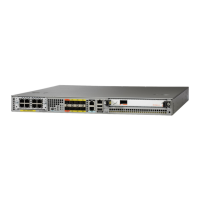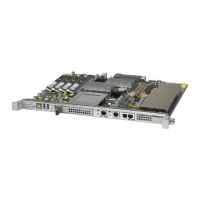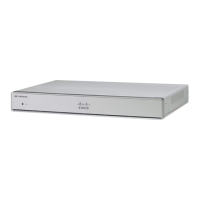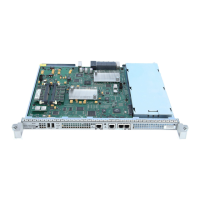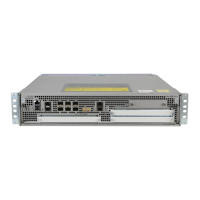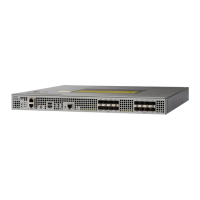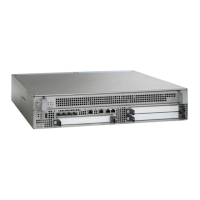17-52
Cisco 10000 Series Router Quality of Service Configuration Guide
OL-7433-09
Chapter 17 Configuring Dynamic Subscriber Services
Queuing PPP Sessions on ATM VCs
• Service Profile—The service profile on the RADIUS server specifies a session identifier and an
attribute-value (AV) pair. The session identifier might be, for example, the IP address of the session.
The AV-pair defines the service (policy map name) to which the user belongs.
After receiving a service-logon request from the policy server, RADIUS sends a change of authorization
(CoA) request to the router to activate the service for the subscriber, who is already logged in. If the
authorization succeeds, the router downloads the name of the policy map from RADIUS using the
ip:sub-qos-policy-in[out]= AV-pair and applies the QoS policy to the PPPoA or PPPoEoA
session. Because the service policy contains queuing-related actions, the router sets up the appropriate
class queues.
Note Although the router also supports the RADIUS vendor specific attribute (VSA) 38, Cisco-Policy-Down
and Cisco-Policy-Up, we recommend that you use the
ip:sub-qos-policy-in[out]= AV-pairs for QoS
policy definitions.
PPP Session Queuing Inheritance
Sessions either inherit queues from their parent interface or they have their own queues. Each PPPoA or
PPPoEoA session for which session queuing is configured has its own set of queues.
Table 17-3 describes the queues to which the router directs session traffic.
Interfaces Supporting PPP Session Queuing
The router supports PPP session queuing on shaped ATM virtual circuits (VCs) for outbound traffic only.
The router does not support PPP session queuing on inbound ATM interfaces.
Mixed Configurations and Queuing
A mixed configuration is one in which all sessions do not have QoS applied to them. On some VCs, the
queuing policy is applied at the VC level, while on other VCs the queuing policies are applied on the
sessions. Some sessions have no policy applied at all. As a result, the router uses the hierarchical queuing
framework (HQF) to direct traffic in the following ways:
• If no queuing policy is applied at the VC or session level, the router sends all traffic on the VC to
the default queue, including traffic from sessions on the VC that have a policing-only policy applied
or no policy applied.
• If a queuing policy is applied at the VC level, but not at the session level, the router sends traffic to
the queues associated with the queuing policy on the VC.
Ta b l e 17-3 Queue Inheritance
Queuing Policy Queue Used for Session Traffic
No policy VC default queue
Applied to the VC VC queues
Applied to the session Session queues

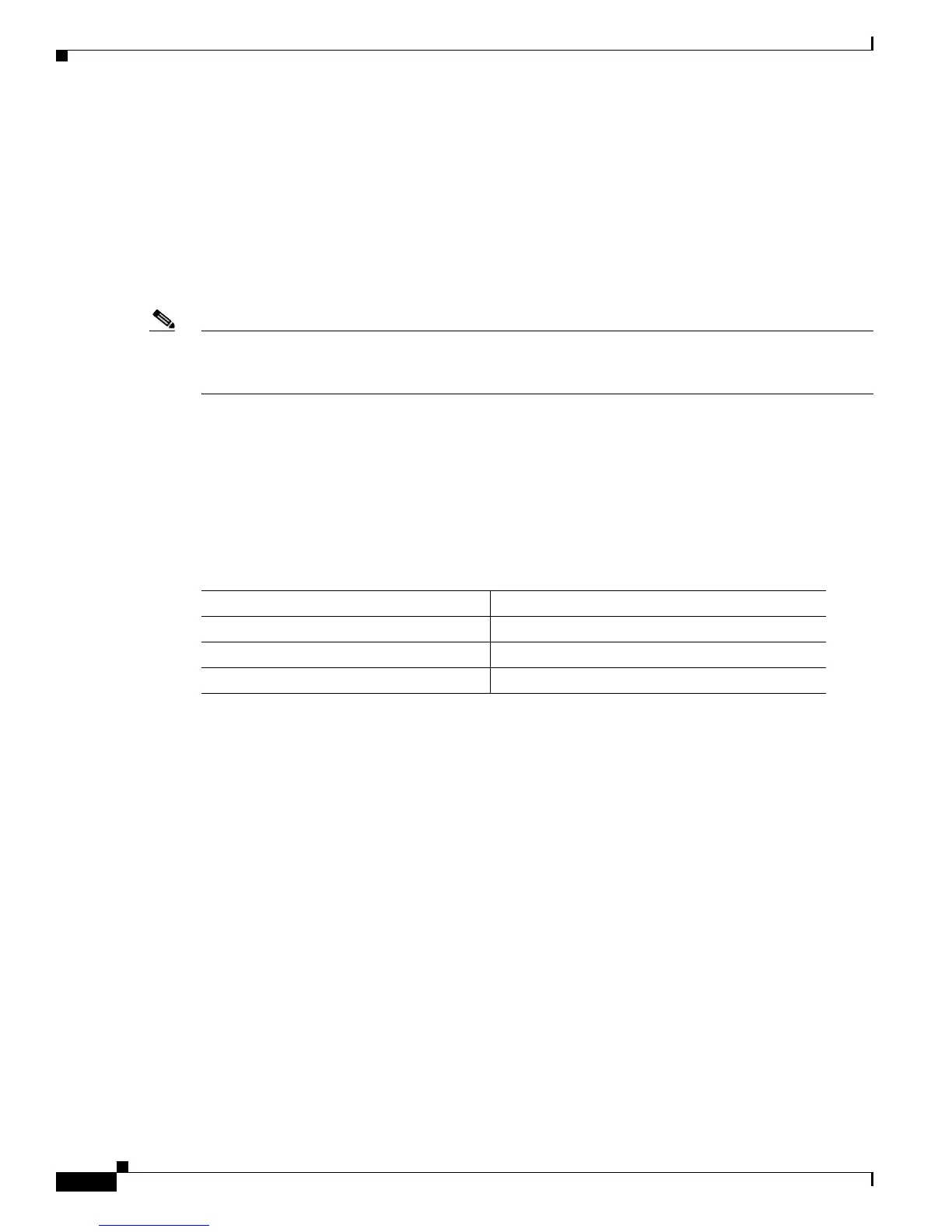